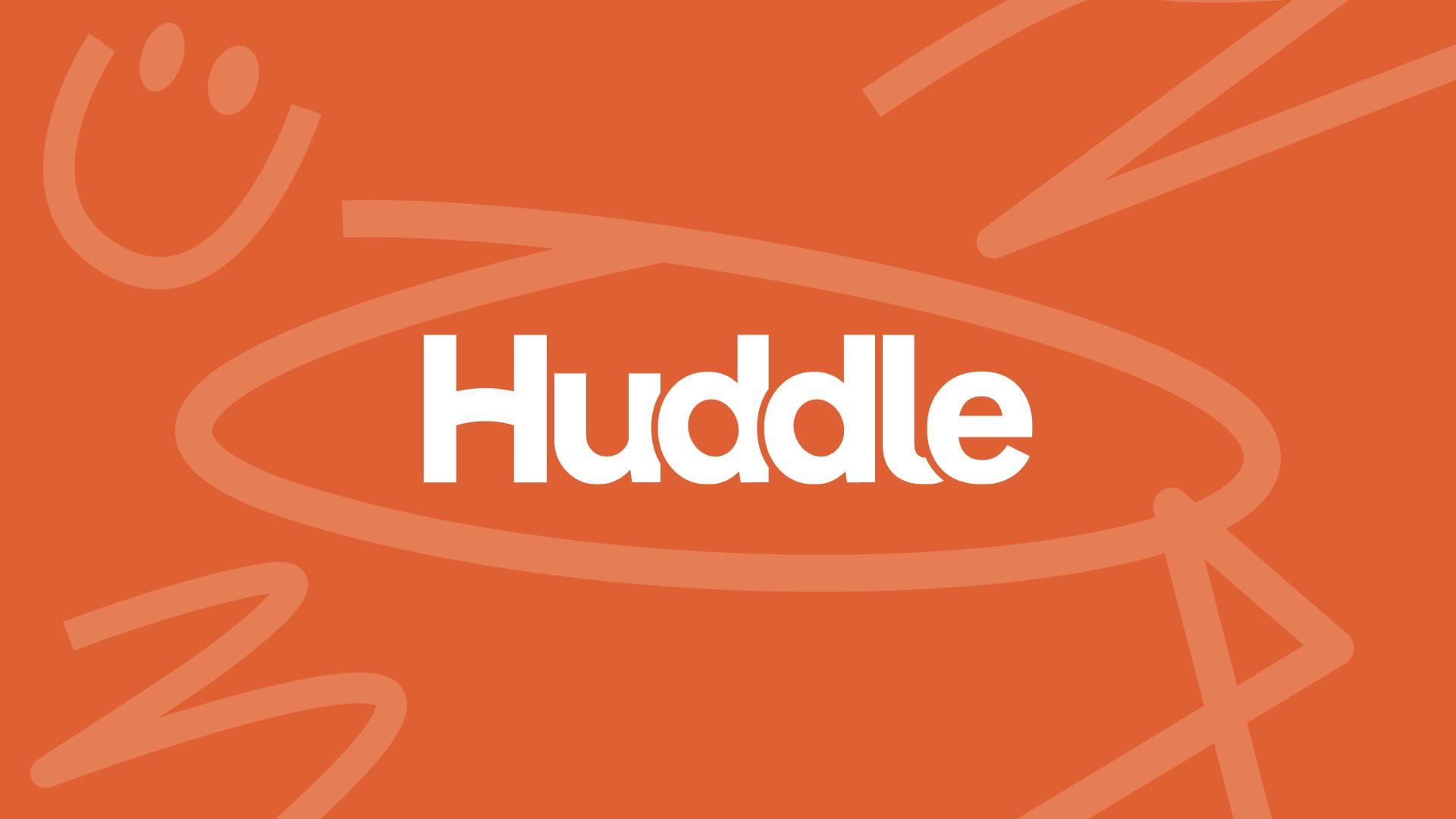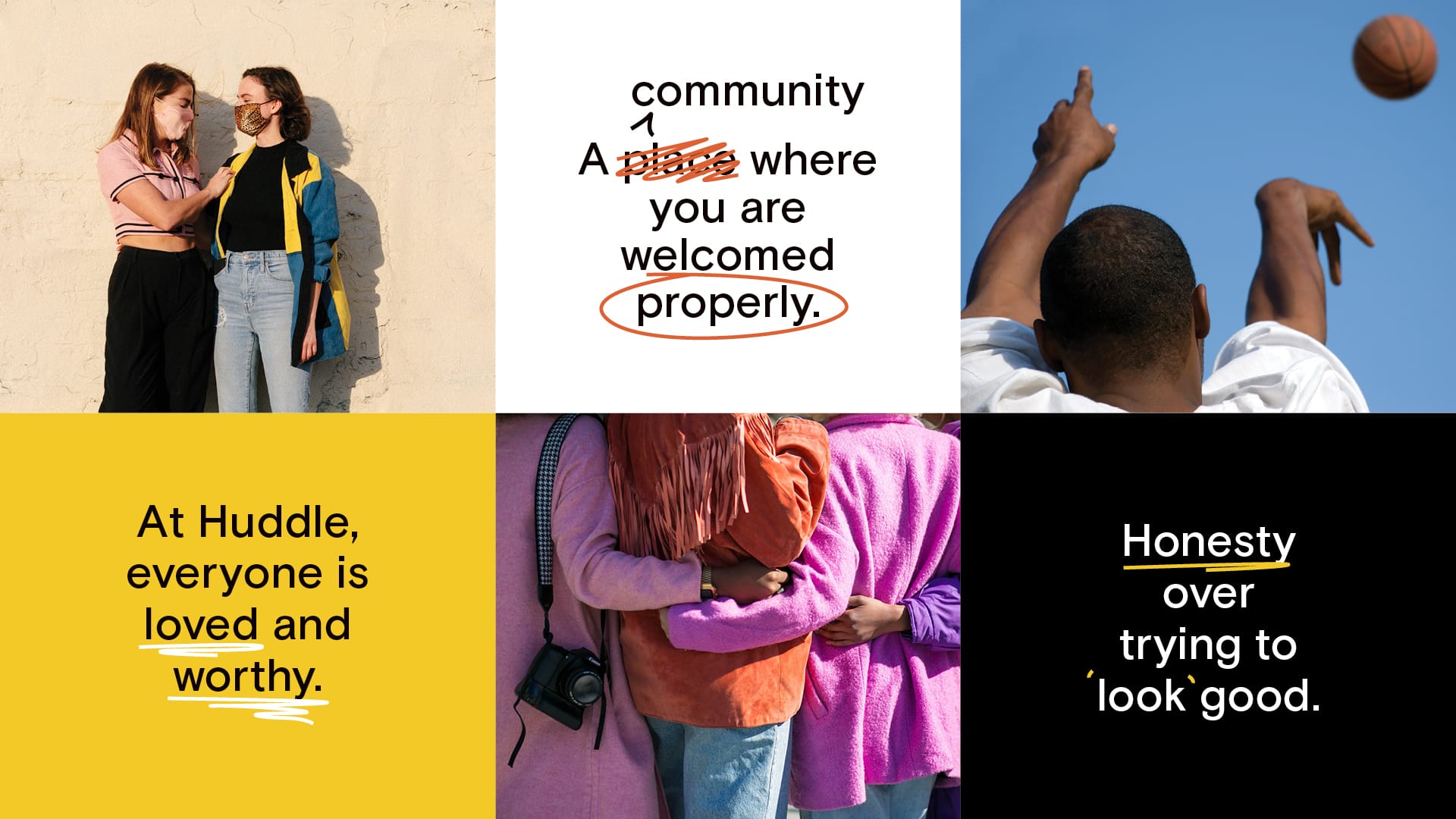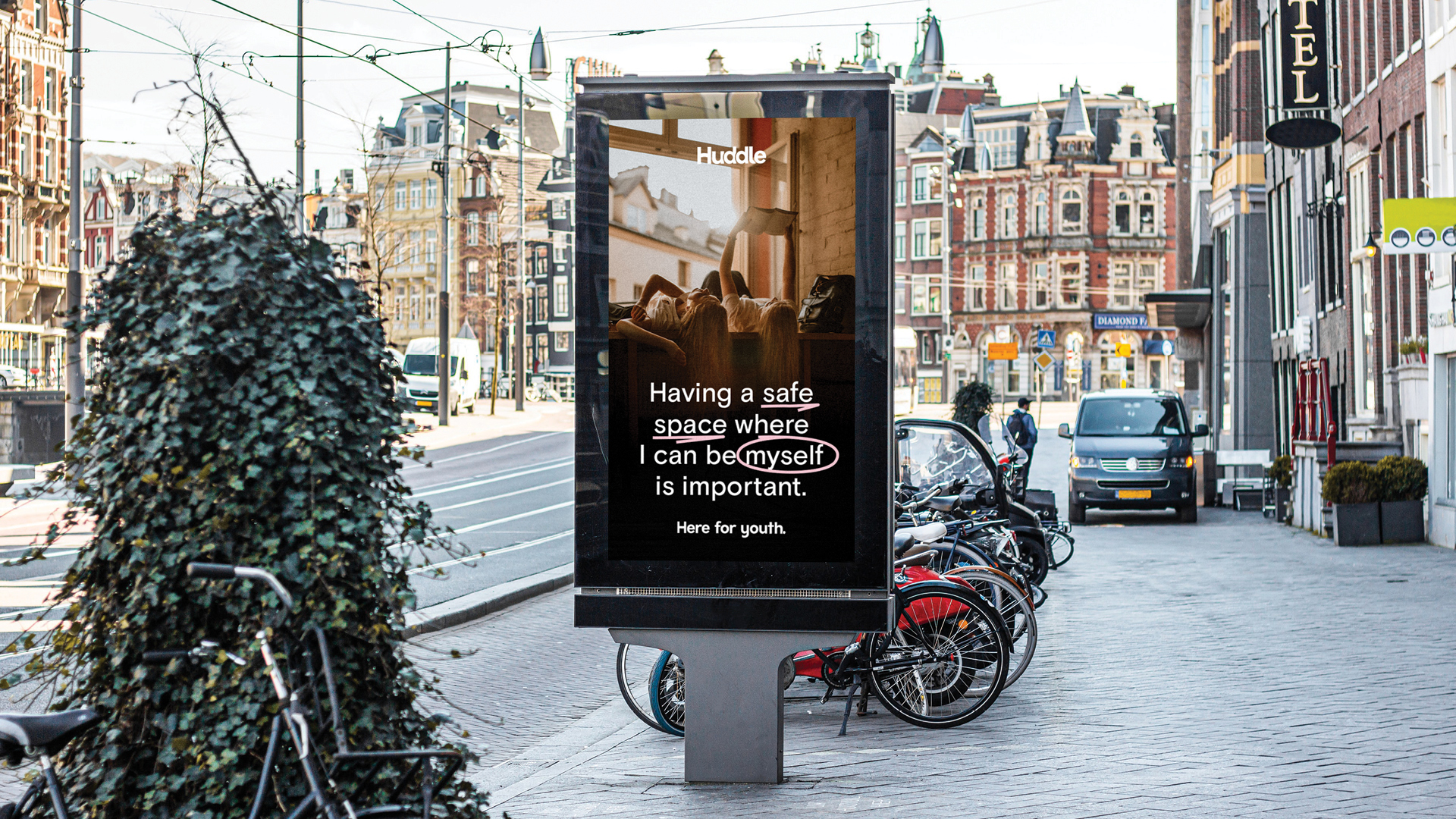
Getting to shape a brand from the very beginning of its story is the best kind of work, but when that brand has the potential for meaningful community impact, it’s even more gratifying.
This past year, the Government of Manitoba partnered with several philanthropic organizations to fund the development of five new youth hubs (in addition to one pre-existing hub), following a global movement toward Integrated Youth Services (IYS). The idea behind IYS is that services are brought under one roof in youth-friendly spaces that act as a one-stop shop for primary medical care, mental health services, substance use services, sexual health resources, Indigenous medicine, peer support, 2SLGBTQ+ resources, and recreation for Manitoban youths aged 12–29. The hubs are led in part by Youth Advisory Councils, so participants in the communities they serve have a say in the programming, with opportunities for peer mentorship. Services provided are free and culturally safe, aiming to make everyone feel welcome and valued – and to make it easier to reach out for help.
United Way Winnipeg coordinates the initiative, and it was our job to lead the brand development starting with a name, visual identity, website design, and promotional materials. Like any other branding project, the main goal was to make it exciting and appealing to our target demographic—Manitoba youth—so we knew we had some research to do to discover how best to connect with them.
Connecting with Youth
United Way Winnipeg was able to connect us with over 100 diverse youth from across Manitoba to hold a series of creative workshops to learn right from youth what they needed from this brand.
At these workshops, we needed to understand what our communities of young people needed and valued. We wanted to have frank discussions about the issues they’re facing, what they’re passionate about, and what they want from their care providers.
We knew that to do this effectively, we had to be relatable. So we didn’t guide youth through our typical brand workshops we’d hold with marketing executives. Instead, we developed an imaginative brand workshop that tapped into youth’s artistry, thoughts and values, and hired two freelancers from our network with lived experience as Manitoba youth, Sarah Jane Martin and Nickia McIvor, to lead the workshops.
Some of the workshops were in-person, while others were over Zoom, but the conversations and ideas brought up were always compelling. We hosted drawing exercises where participants could map out what they wanted to see in the youth hubs, potential logo designs, and brainstormed name ideas for the hubs. Unsurprisingly, one of our youngest workshop groups came up with the name we ended up selecting for the initiative: Huddle.
In addition to the name, we were able to uncover a number of insights that helped us shape the tone and visuals for the brand, even inspiring a specific handwritten style and youth-led voice for the brand.
They Talked, We Listened
Many of the participants we met with had undergone considerable trauma, particularly within Indigenous and 2SLGBTQ+ communities. Creating a safe space where they felt comfortable speaking freely was crucial. Sarah Jane and Nickia began every workshop by encouraging all participants to share their thoughts and feelings, welcoming any tangents or random ideas. We wanted them to know their perspectives were valued, and everything they said would help the youth hubs better connect and better serve the communities they want to help.
As the workshops progressed, many key themes started to appear. Across the board, participants agreed that they wanted a warm place to go. Warmth in the sense of temperature, because Manitoba gets dangerously cold (especially if you’re underhoused) in the winter, and warmth in how they’re greeted and received by staff.
It’s already hard enough to seek help when you’re feeling vulnerable, and to be met with coldness and judgment from the people meant to help you is a horrible experience that no one should have to endure. By creating a brand identity that exudes warmth, youth will know that this is a safe space where they will be warmly received as they are. We developed a warm colour palette that incorporated the colours of the Indigenous medicine wheel used in Manitoba, as well as some rosy or sunset tones that conjure Manitoban landscapes.
The drawings that participants contributed inspired so much of our branding. We kept seeing all these cool doodles we could use as icons to show youth they’re welcome, and we realized they were the perfect decorative elements to drive home this idea of “youth-centred” services.
Realizing youth speaking for themselves was a key part of the brand, we encouraged youth hub participants to send us videos of themselves and their friends to put together a launch video inviting other youth to the new hubs.
After we developed the brand, we held another workshop with the initiative-wide youth advisory council to gauge how they felt about our design decisions. Their reactions were overwhelmingly positive. One of our alternative name ideas, “Sundog,” was so well-received that the youth advisory council decided to have a sundog mural painted in their space to commemorate it!
3 Tips for Marketers Working with Vulnerable Youth
The youth-led model of care is a ground-breaking approach that is proven to work, and like the success of involving youth in their care, it just made sense to include their voices and ideas throughout the brand process. However, it was essential to approach these conversations mindfully and respectfully, as we discussed highly sensitive topics, and many participants brought up traumatic personal experiences. Here are three things to keep in mind when working with vulnerable youth.
Don’t Be Afraid to Self-Identify
If you want youth to feel comfortable disclosing sensitive topics, it helps if you set an example. Our workshop leaders had many shared experiences with our participants, and by establishing that connection, participants felt safe to open up.
“Normally, I wouldn’t kick off a presentation by saying I am genderqueer and have ADHD, but disclosing that early in the presentation established trust and openness instantly. Over half the participants at the Rainbow Resource Centre workshop perked up and said, ‘me too!’ Afterwards, many of them approached me to talk one-on-one, offering book and movie recommendations and showing me their favourite Instagram accounts. There was something so strangely euphoric about being in a space where everyone understood and respected each other’s perspectives, and nobody was afraid to hold back,” says workshop leader, Sarah Jane.
Ask for Pronouns
Approximately 10% of all high school students identify within the 2SLGBTQ+ spectrum, and that number is expected to grow as awareness and acceptance of non-binary and transgender identities expand. Asking for pronouns affirms participants’ identities, and it signals to them that you are creating an inclusive, safe space where they are free to express themselves.
Don’t Be an Enforcer — Be an Ally
When discussing sensitive topics, tensions may run high, or participants may feel triggered and won’t want to open up. Let them know that you’re not there to call the shots or call anybody out—they’re in control and only have to share what they feel comfortable sharing. Give them the option to leave the room if they need to cool down. When they do decide to share, always thank them.
Five of the six Huddle youth hubs are now live in the world, along with the website and launch video, and we couldn’t be prouder! Take a look and see how the ideas and themes from our youth workshops informed the design and brand identity. And if you know any Manitobans aged 12–29 who need care, let them know that Huddle is here to help!






